Want to learn about Quantum Computing? Here we discuss some commonly-asked questions about quantum computing and their answers.


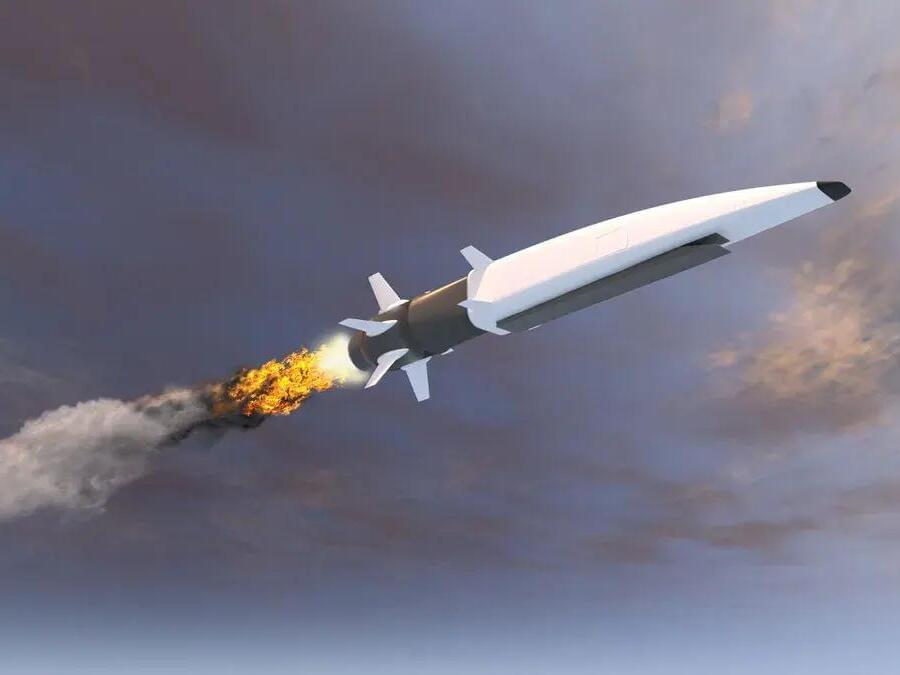
People’s Liberation Army (PLA) researchers claim they have created algorithm-based technology to defeat sophisticated hypersonic missile interception systems.
Engineers led by Zhang Xuesong from China’s Strategic Support Force Information Engineering University developed the algorithm that analyzes the trajectory of hypersonic missiles in order to avoid detection by missile defense systems, South China Morning Post (SCMP) reported on Saturday.
The algorithm “can analyze the trajectory of these hypersonic weapons to help them avoid missile defense systems, including advanced systems under development” in the US, claimed the engineers in a paper published in the Chinese journal Common Control and Simulation last month.
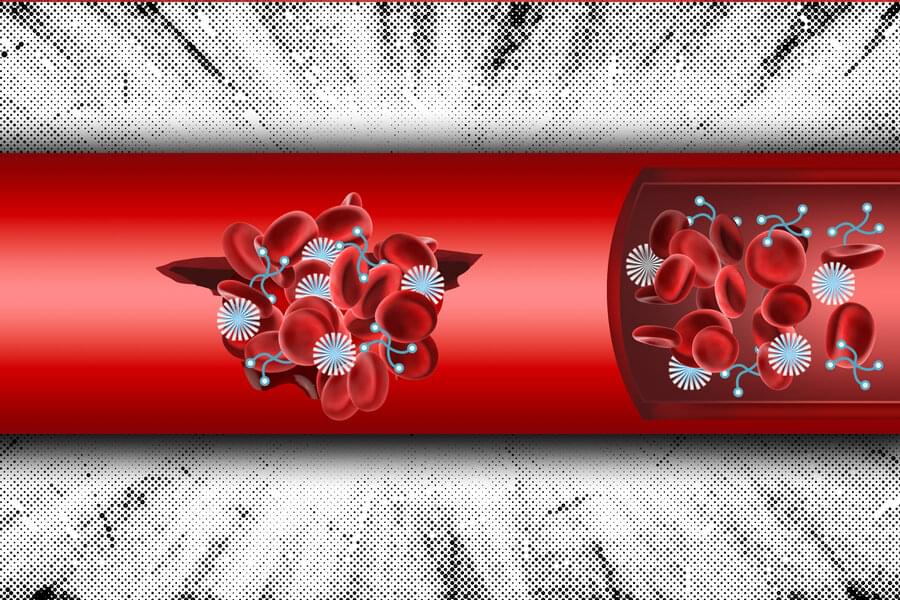
MIT engineers have designed a two-component system that can be injected into the body and help form blood clots at the sites of internal injury. These materials, which mimic the way that the body naturally forms clots, could offer a way to keep people with severe internal injuries alive until they can reach a hospital.
In a mouse model of internal injury, the researchers showed that these components—a nanoparticle and a polymer—performed significantly better than hemostatic nanoparticles that were developed earlier.
“What was especially remarkable about these results was the level of recovery from severe injury we saw in the animal studies. By introducing two complementary systems in sequence it is possible to get a much stronger clot,” says Paula Hammond, an MIT Institute Professor, the head of MIT’s Department of Chemical Engineering, a member of the Koch Institute for Integrative Cancer Research, and one of the senior authors of a paper on the study.
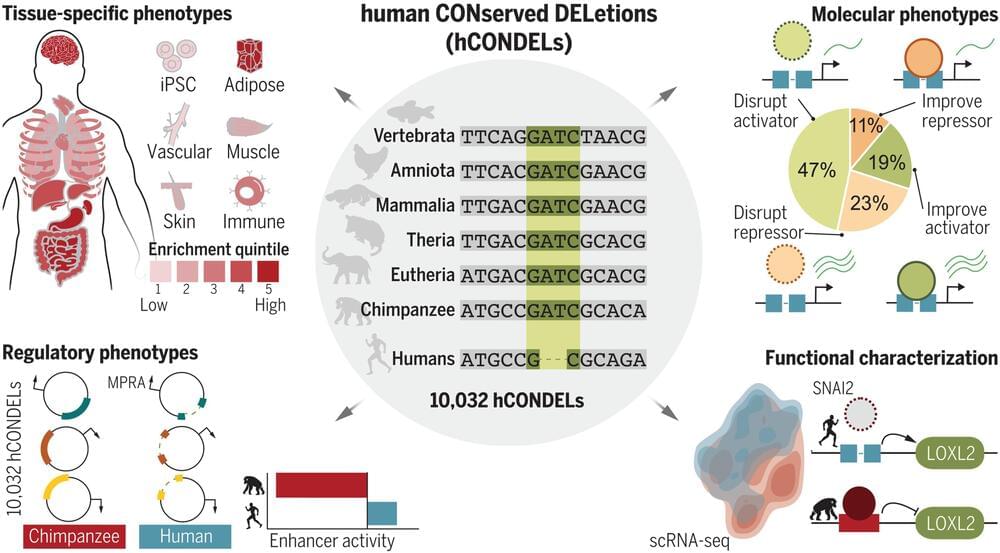
What the human genome is lacking compared with the genomes of other primates might have been as crucial to the development of humankind as what has been added during our evolutionary history, according to a new study led by researchers at Yale and the Broad Institute of MIT and Harvard.
The new findings, published April 28 in the journal Science, fill an important gap in what is known about historical changes to the human genome. While a revolution in the capacity to collect data from genomes of different species has allowed scientists to identify additions that are specific to the human genome —such as a gene that was critical for humans to develop the ability to speak—less attention has been paid to what’s missing in the human genome.
For the new study researchers used an even deeper genomic dive into primate DNA to show that the loss of about 10,000 bits of genetic information—most as small as a few base pairs of DNA—over the course of our evolutionary history differentiate humans from chimpanzees, our closest primate relative. Some of those “deleted” pieces of genetic information are closely related to genes involved in neuronal and cognitive functions, including one associated with the formation of cells in the developing brain.
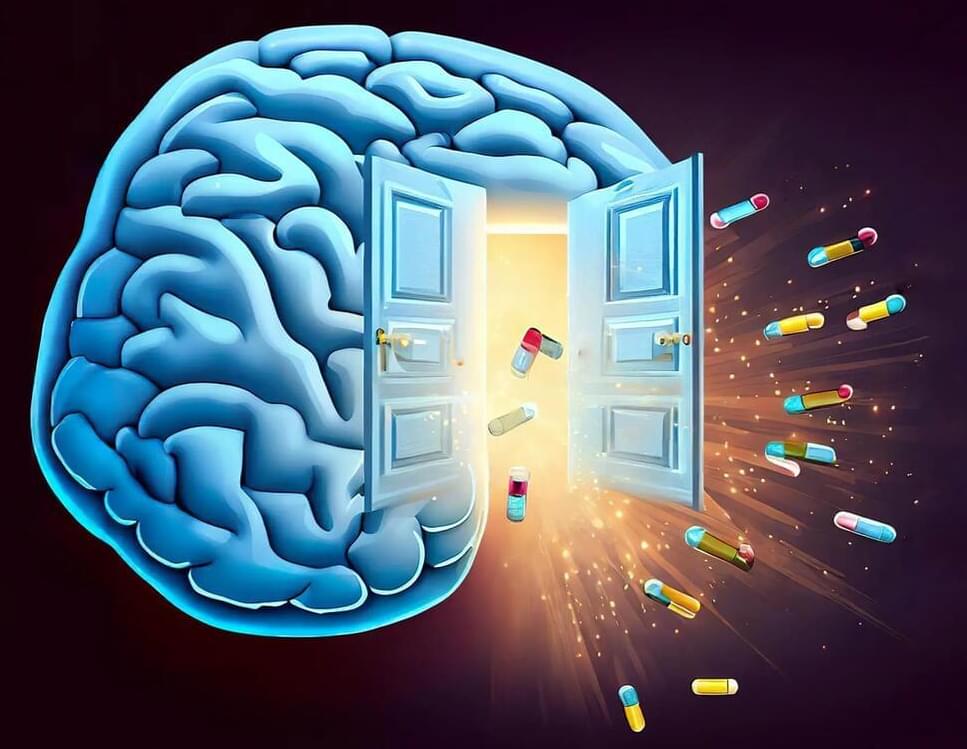
Caltech researchers discovered an enzyme that enables viral vectors to cross the blood-brain barrier, potentially aiding brain disorder drug development and research.
The blood–brain barrier (BBB) is a stringent, nearly impenetrable layer of cells that guards the brain, protecting the vital organ from hazards in the bloodstream such as toxins or bacteria and allowing only a very limited set of small molecules, such as nutrients, to pass through. This layer of protection, however, makes it difficult for researchers to study the brain and to design drugs that can treat brain disorders.
Now, a new study from Caltech has identified a previously unknown mechanism by which certain viral vectors—protein shells engineered to carry various desired cargo—can cross through the BBB. This mechanistic insight may provide a new approach to designing viral vectors for research and therapeutic applications. Understanding this and other new mechanisms could also give insight into how the brain’s defenses may be exploited by emergent pathogens, enabling researchers to prepare methods to block them.

This new solid hydrogen phase discovered by an international team of researchers followed the model’s presentation of hydrogen molecules under extreme conditions: to use a food analogy, their shape morphed from spheres stacked like a pile of oranges to something that more closely resembled eggs.
Hydrogen typically requires very low temperatures and very high pressures to form a solid. It was through a novel machine learning study of this particular phase change that the scientists came across the new molecular arrangement.
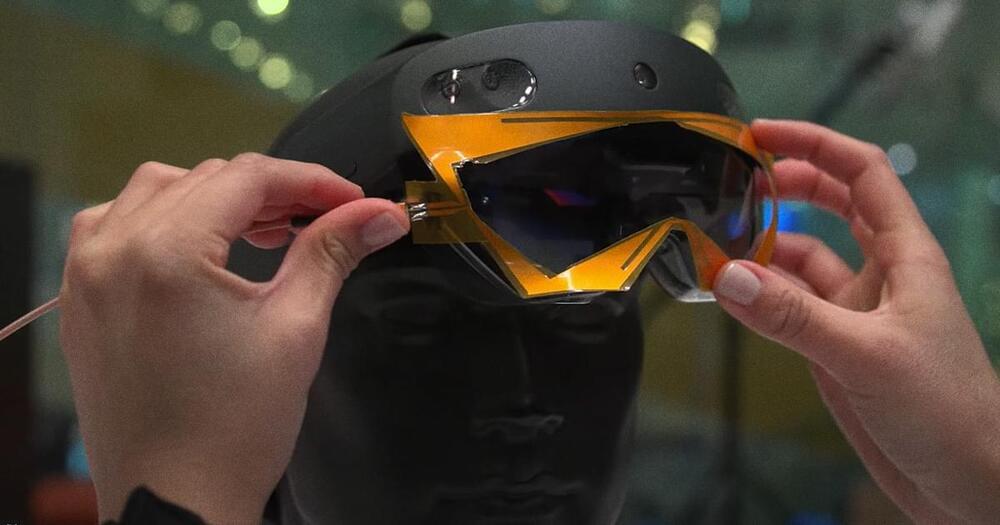
ChatGPT has been hitting the headlines since its debut and after passing exams at business and law schools. Now, most recently, the AI has nearly passed the US Medical Licensure Exam (USMLE) necessary to pursue medical practice within the US.
ChatGPT: Revolutionary AI
NDTV reports that Open. AI, which has been an investment recipient of Microsoft and Elon Musk, built the ChatGPT chatbot. ChatGPT specifically stands for “Chat Generative Pre-Trained Transformer” and is a bot that is language-based and that is capable of coming up with responses that mirror those of humans.

